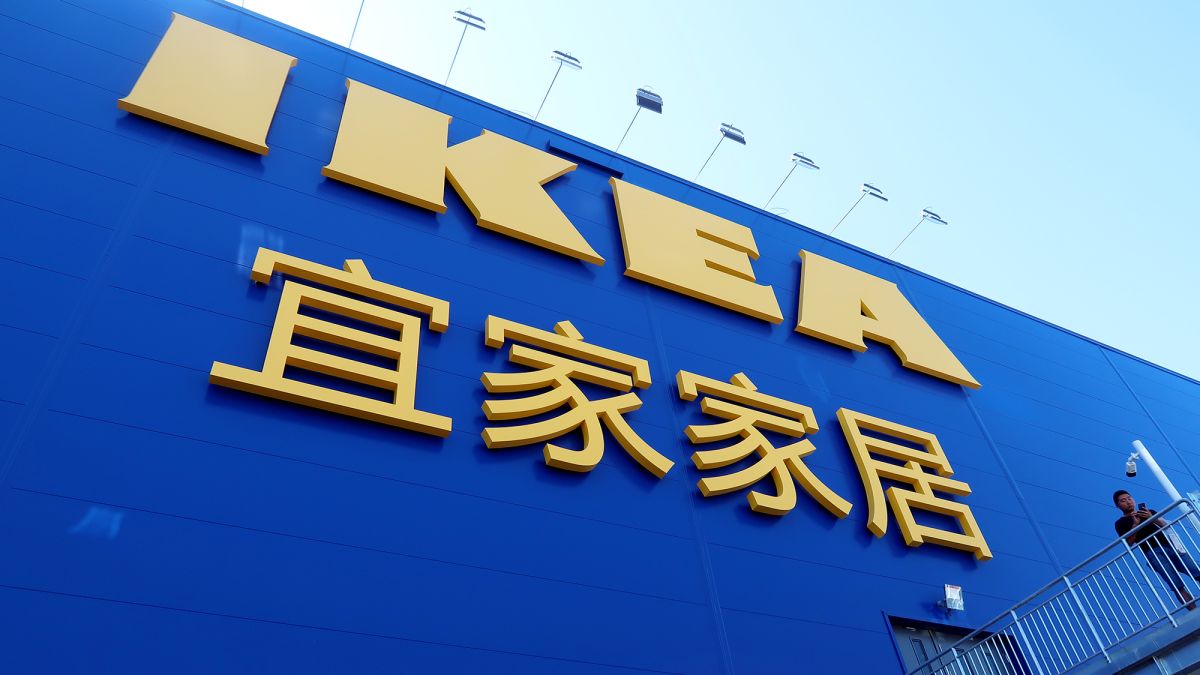It is well known that for the past few decades, companies have been trying to design an effective marketing strategy for the global market while also catering to local needs and demands. This sort of strategy is called “Globally local” or “Glocal”. Thus companies take into consideration of local cultural, social, economic and linguistic factors while marketing their products and services.
IKEA, a multinational group of Swedish companies headquartered in Delft, Netherlands, designs and sells ready-to-assemble furniture, kitchen appliances and home accessories. IKEA’s mission of “delivering low prices and high-quality furnishing solutions to the many” made it a significant player in US and European markets. In order to provide customers with the greatest value for money, IKEA’s furniture is designed to be self-assembled by end-users. This solution allows IKEA to reduce both manufacturing and transportation costs and give customers the lowest possible price.

IKEA turned its attention to China in the late 90s when the Chinese market was booming with growing middle-class. Although it represented a huge opportunity for IKEA, it also came with a difficulty as in the Chinese market shows significant cultural and demographic differences embedded in its strong millennial cultural heritage. IKEA entered China in 1998 with its first store in Shanghai and soon after another store in Beijing in 1999. Cities like Guangzhou, Shanghai, and Beijing were traditionally considered to be the top target markets in China for high-end products because of their heavy concentration of middle-class consumers. The growth of the furniture market in China was expected to continue over the next years.
The IKEA concept has evolved over more than 40 years as a result of a growth process based on continuous innovation and a strong and well defined corporate culture. It always remained faithful to its mission. IKEA founder Kamprad’s view was clear: “We shall always be one IKEA, one business idea and one culture”. Gradually it became a strong and tested brand and it adopted some minor local adjustment in its marketing strategy”
IKEA entered the Chinese market with a similar strategy with some minor adjustments in the store’s location. In fact, as most Chinese consumers do not have access to cars, IKEA stores in China are located closer to city centers.
The main challenge IKEA faced in the Chinese market was implementing an effective pricing strategy.
- Low prices are the cornerstone of IKEA’s vision and its business concept. However, IKEA’s prices were not considered low by the middle-class Chinese customers.
- The upper class was more inclined to buy foreign products as a symbol of status and not for their functionality.
- As a Chinese saying goes “high-quality goods are not cheap, and the cheap goods are not high quality” suggesting that Chinese consumers’ view, low prices are often associated with low quality.
- The cultural aspect caused resistance to IKEA products mainly among older generations
- Also, local producers were selling furniture of similar quality at much cheaper prices: almost half and import tariffs on IKEA made it difficult to lower prices.
Reducing prices was seen as the only possible solution for IKEA but on deeper introspection; IKEA’s poor performance was due to its lack of understanding of Chinese customers buying patterns and preferences.
- IKEA considered the overall middle class a homogenous segment, without paying attention to different sub-groups, in particular in terms of age and it prevented IKEA from identifying customers’ specific needs and implementing effective marketing strategies.
- IKEA had an unfocused position in the market and thus IKEA needed to determine the target group and overall position in the market.
- IKEA was perceived more as an aspirational brand, symbol of innovation, and western lifestyles. Younger customers were appealed by IKEA but could not make a purchase
At this stage, it was clear that IKEA needed urgently to change its positioning strategy and revise its pricing accordingly if it were to become profitable in China.
Options available to IKEA
- Maintaining the position of best quality provider, trying to reduce price and became affordable to all.
- Maintaining a position of higher quality and higher pricing product targeting the higher class
The first step taken by IKEA in implementing its reviewed strategy was reducing prices for its target group. Since 2000, IKEA has cut its prices by more than 60 %. One example is the price of its “Lack” table that has dropped to 39 Yuan from 120 Yuan when IKEA first came to the Chinese Market.
- IKEA decided not to give up its traditional concept of simplicity, functionality and low prices. It targeted the youngest members of the middle-class who were considered impulsive, easy to influence, very social, and committed to leading foreign consumer brands”
- IKEA China marketing promoted its home decoration values, including ‘make good use of your space’, ‘simple is beautiful’, and ‘save money by doing it yourself’ in an attempt to re-educate the youngest consumers to IKEA concept.
- IKEA’s main target group is middle-class people aged 25–35. IKEA’s customers are generally better educated, earn higher incomes, travel more than the average. Women represented 65% of the customers.
- IKEA increasingly used social media sites to spread the company’s value. IKEA decorated inside of elevators in 20 lower-income apartment buildings in Beijing to show residents how IKEA can make their small apartments modern and pleasant without spending much money.
- The company encouraged people to come and visit their store for IKEA experience.
After years of struggling in China, IKEA was finally able to generate a profit for the first time in 2012. It was due to their glocal strategy that IKEA was able to achieve this feat.
Case Study: BufferBox – Winding Down An Acquisition By Google
